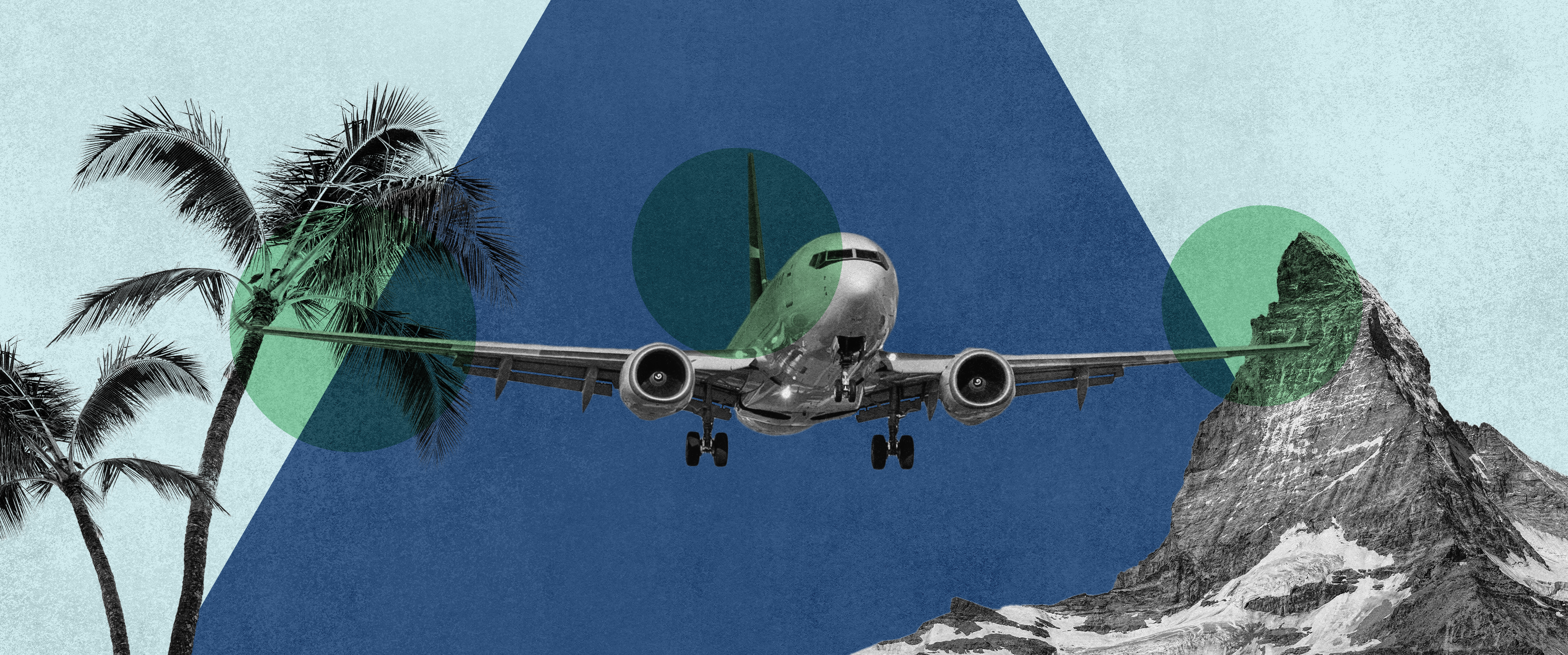The end is in sight for our COVID-quarantining nightmare, but be warned readers, there’s a new contagious bug people are catching: the travel bug! And it’s spreading like wildfire.
With restrictions relaxing and vaccines rolling out, people are inevitably getting the itch to get the heck away. But regardless of what we think, the world, and the average consumer, has changed drastically. So what does the travel industry look like moving forward? What do consumers expect and how can marketers meet those new demands? Let’s dive in:
Millennials and Gen Z will lead the way
I know no one really wants to hear how great these generations really are, but the data doesn’t lie! A recent study suggests that this group will be our highest spenders, with 18-34 year olds planning a 50% increase in spending compared to previous vacations. These are demographics that, like the rest of us, have been cooped up and itching for an Instagram-worthy trip. It’s important to note that social media is a driving factor in this kind of decision-making, where 80% of surveyed respondents in this study say social media is influencing their travel plans.
As vaccination eligibility has finally reached the general populace, this age range is getting their vaccines, meaning more youngsters will soon be on the road. And even with the smaller risk that still exists, younger people are more likely to take it. They’re tired of living their lives on the sofa and are likely more comfortable traveling than their older counterparts.
Lesson for marketers: Younger audiences are more digitally savvy, making it more important than ever to fine-tune your digital efforts. This means refining your mobile landscape, too—this generation is just as happy booking a trip on their smartphone as they are on their laptop. Cover your bases and you’ll be more likely to capture this group with user-friendly websites and a forward-thinking digital strategy.
Expect a spending surge
As our previous stats suggested, travelers in the coming month—regardless of age—are ready to ball out. Justified by the savings of a year without vacations, people are willing to spend, ready to book, and planning above and beyond. The idea of “revenge travel” comes into play, where people are booking now to make up for stress. They want the best possible vacation as a way to make up for the past year. And the pent-up demand in the travel industry will eventually hit in full force.
Lesson for marketers: The reality is that people never stopped dreaming about their next getaway. Even those who currently travel are mentally prepping for another one. Destinations that may not yet be open to the masses should still be putting their effort into marketing to stay top-of-mind for the consumers who go from simply looking to actually booking.
Video campaigns have a special time to shine this year, too. Capturing audiences might require that extra visual element to remind consumers of what a beautiful beach trip looks and feels like. This is highly visceral media, and it encapsulates that vacation feeling we all forgot about. Keep in mind that any marketing with traditional media might not work out the way we hope. Any unexpected changes in the landscape could mean a quick pivot in strategy. Platforms such as print and television just aren’t as nimble, and adaptability is key in the coming months of uncertainty.
Health and safety are still top-of-mind
People may be returning to normal vacation life, but consumer expectations have changed. Respondents to a recent survey suggest that people’s top wish-lists for amenities are personalized experiences (82%), high cleanliness standards (81%), and privacy (79%). This aligns with the activities that are rising in popularity: nature and open-air activities. A trend since the start of the pandemic, people are looking for trips with less crowds and a focus on wellness. Think yoga and mediation, hiking and biking, and R&R on a secluded beach.
In methods of travel where social distancing just isn’t possible, travelers expect brands to uphold certain measures that we might not have valued a few years ago. Turns out some of our old habits were kind of gross…
According to a TripAdvisor study, 66% of travelers consider the safety and cleanliness of their facilities to be a key factor in traveling moving forward, and 79% of global travelers will take more precautions due to the coronavirus. This means expectations have increased and brands need to instill confidence once again to make travelers at their most comfortable.
Lesson for marketers: For those that are hitting the road, consider expanding your digital tools to enable contactless options and technologies. QR codes and virtual check-ins are the future—make sure you’re not falling behind!
There are also plenty of potential customers who just haven’t reached that level of comfort yet. This customer base might be a few small steps away from booking a trip, and if our last lesson of increased spending has taught you anything, you want to make sure your brand is top-of-mind when they do.
Address health and safety information as things stand now and as things continue to change in the future. Take the proactive steps now and continue to engage your users so that your brand isn’t playing catchup with the surge of vacations already underway.
Bon voyage!



